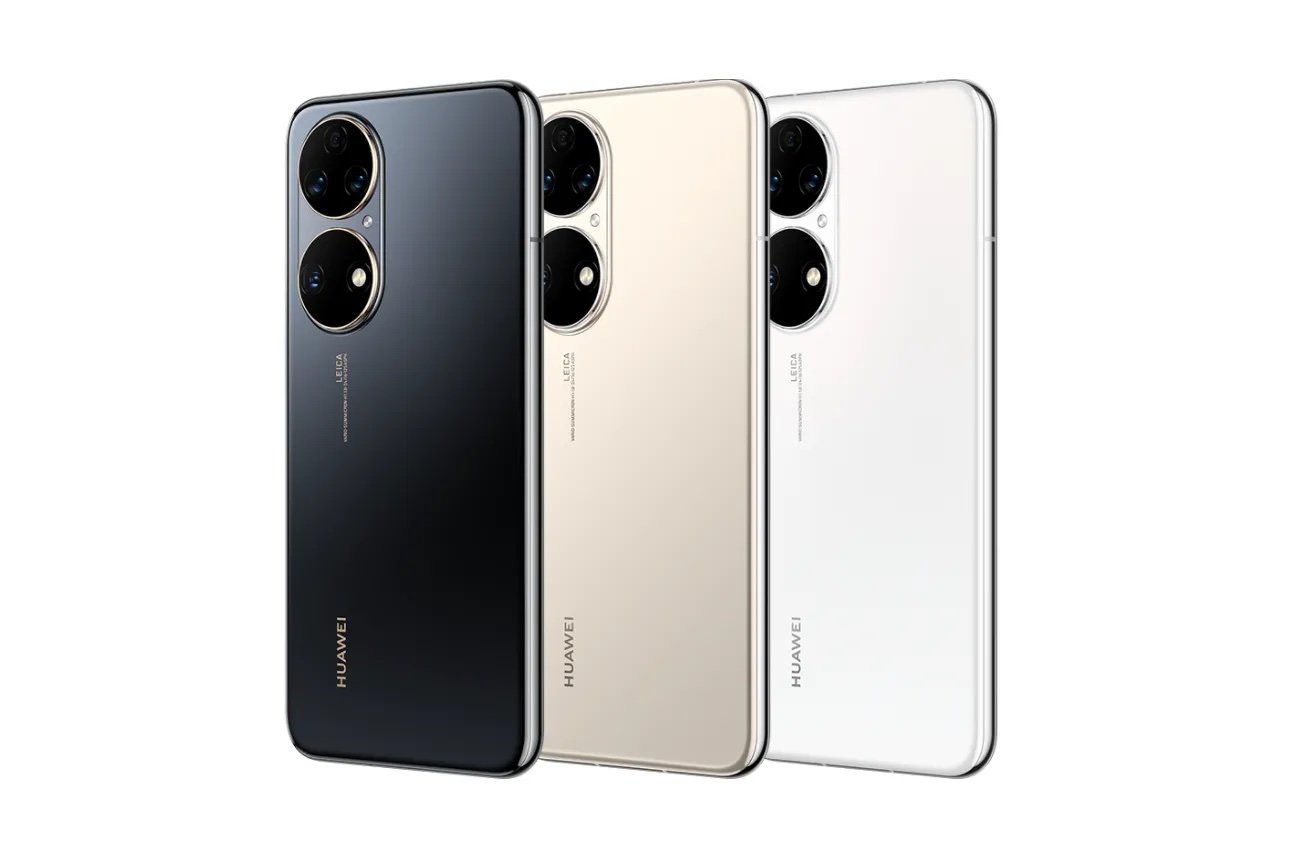
A tipster claims that Qualcomm will offer more 5G-less versions of its chips that enable Huawei to skirt US sanctions.
Huawei is among the Chinese companies sanctioned by the US. The sanctions predominately stop Huawei from accessing American products relating to 5G and limit the company’s ability to make its own Kirin silicon.
Qualcomm’s latest and greatest chips feature 5G, leaving Huawei – typically a key Qualcomm customer – out in the cold.
According to the tipster, Qualcomm will offer a version of the Snapdragon 778G without its usual 5G capabilities. This 4G-only version is expected to debut in the Nova 9 series of smartphones that are due to be unveiled this month.
The 778G chip is designed for mid-range devices and consumers may not miss 5G support too much at this early point in its rollout.
However, what’s arguably more interesting is that Qualcomm will reportedly offer a 4G-only version of its yet-unannounced Snapdragon 898 flagship that’s expected to use a 4nm manufacturing process to pack a next-gen Adreno 730 GPU, as well as – normally – a new X65 5G modem, capable of up to 10 Gbps speeds.
Earlier this year, Huawei used a 4G-only version of the Snapdragon 888 in its P50 flagship. During the launch event, Huawei consumer business CEO Richard Yu said that US sanctions meant that “5G phones are beyond our reach, and we have to go with 4G by removing the 5G module from our chip design.”
The P50 series also became the first devices to debut with Huawei’s in-house HarmonyOS due to restrictions in accessing Google’s software. HarmonyOS, however, is reportedly essentially a fork of Android’s open-source code.
Qualcomm is using an entirely lawful loophole to provide Huawei’s customers with access to the performance advantages of its latest chips, but only time will tell how long it will remain open.
The Biden admin has opted to maintain a strong stance on China and that has spilt down to companies like Huawei which some believe have become casualties of wider geopolitics rather than posing any major threat.
However, it also remains to be seen whether there’s much appetite from consumers to purchase flagship devices without 5G going forward.
(Image Credit: Huawei)

Find out more about Digital Transformation Week North America, taking place on November 9-10 2021, a virtual event and conference exploring advanced DTX strategies for a ‘digital everything’ world.






why is this article dripping with insinuations and innuendo that Qualcomm is trying to do something shady and illegal?
A matter of perspective I guess. The practice is mildly controversial given the wider sanctions but I do make clear that “Qualcomm is using an entirely lawful loophole”
The idea of tech embargoes with China is a losing strategy. Ask the CEO of ASML. To fab chips in the past required a number of global suppliers for substrate materials, lithography etc. As I write, China is moving rapidly to self-sufficiency in 28 and 14nm with is more than ample to handle 5G kits.
Really talking about two things here… 5G networks and 5G phones. There is very little difference between a 4G and a 5G phone in overall performance. And 5G phones missed the whole point of what 5G really is. 5G is network capacity with massive collections of supercomputers and computational power. Anyone that thinks phone, a depreciating commodity is 5G is simply running on a Trump brain.
Roughly 80% of all China chip needs will be met with 28 and 14 nm chips. The narrow gated chips are limited to about 5% of the market. But China is the largest makers of smartphones. So if you want to block 5G narrow gated chips, Those makers will not see their chips being bought, they will remain on the shelf. Blocking chips is very short sighted and one of the reasons poor Intel missed out on the handheld market. It is also a reason Intel is moving into Risc-v which is open source to avoid US sanctions.
US sanctions harm the poodle manufacturers much more than China. Causing disruptions in a system that was based on division of labor have been disrupted by Trump and Biden, two men that have no clue what division of labor means. These are not high tech politicians. They are very low tech.
With the very slow rollout and inconsistency of 5G, focusing on 5G phones to write the Huawei obituary is lunacy.
And for the yappers that love blocking tech and aiming sanctions, if Qualcomm can’t make chips and sell them, they go out of business. China is the largest buyer of chips in the world so if you can’t sell to China, you are gone. Trump and Biden never quite got that memo.
By early 2022, China will be in full production of 14nm chips. That means they will have all the components, reagents, ion implanters. etc. Unlike any other country, China will be self-sufficient in all the products that encompassed the division of labor system.
Peter Wennink is spot on. “Chip blocking has only harmed the US supply chain and caused industry-wide chip shortages in non-Chinese firms. The US political strategy will fail. It is not even working in the short term.”
“I believe that export controls are not the right way to manage your economic risks if you have determined that there is an economic risk,” Wennink said during an online industry event on Wednesday, arguing that if “you close China from access to technology, that will also cost non-Chinese economies a lot of jobs and a lot of income.”
Wennink stated that China will develop its own tool eventually. China is working on EUV now.
The US has suddenly come to the recognition that only Taiwan and South Korea have much in the way of Foundry Capacity. At present TSMC holds most of the world hostage. A Taiwan earthquake would put the US out of Business. So while the US pretends to be friends with Taiwan, it is scrambling to reduced its dependence on TSMC.
The same hold true for ASML and its EUV. IF the factory burned down in Holland, then the US would be out of business in narrow gate chips.
So how many years will it take for the US to build their own FAB capability. I say it will take at least 5 years and the US will not be competitive. Nobody is gong to go to INTEL for FAB. No competitor wants to disclose their chip designs to a competitor.
Meanwhile look at SMIC… 91% of SMIC’s revenue came from older tech (40nm/45nm and up) while only 9.1% of the quarter’s wafer revenue came from 28nm and 14nm nodes (the 28nm node was more popular than the 14nm).
The new SMIC 9 billion dollar FAB plant in Shanghai will target 28nm and I would expect the 14nm as well.
AS for Qualcomm, it is expanding its operations in China, not the USA. They clearly know how this whole Nancy Kerrigan kneecapping escapade of the US will end.